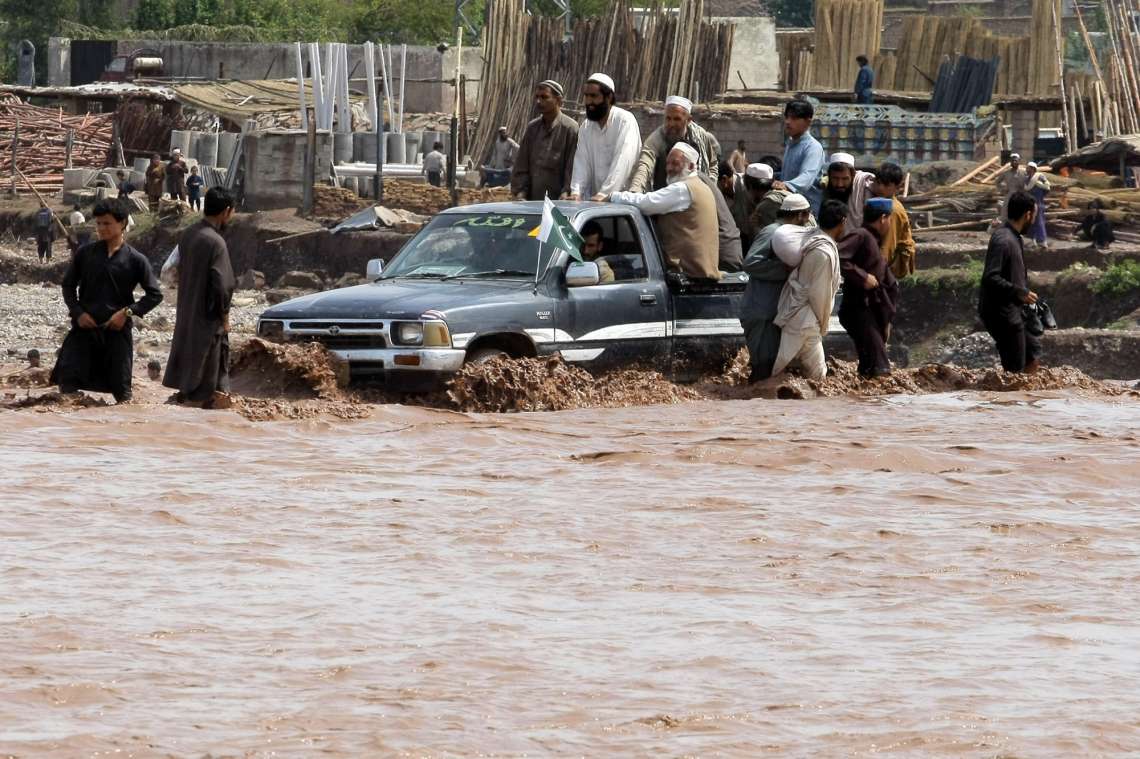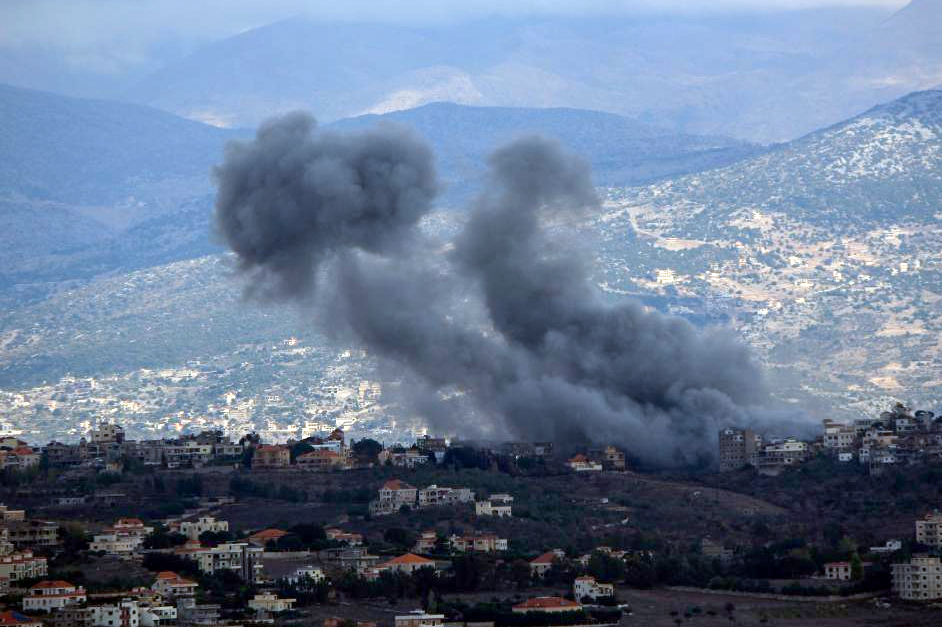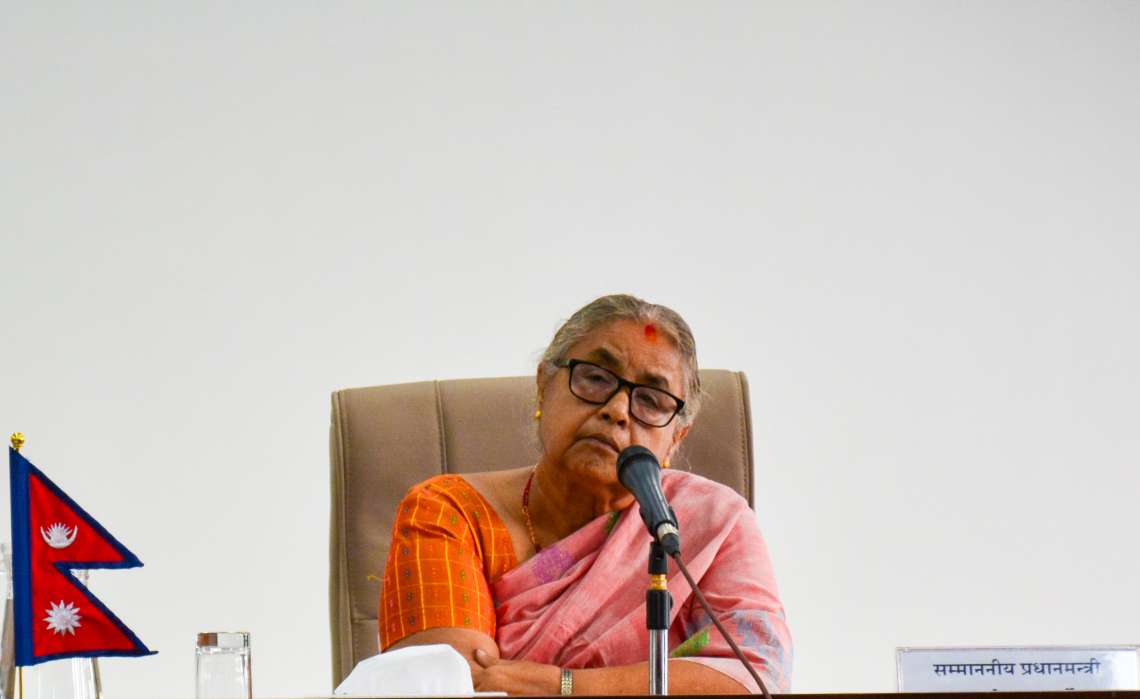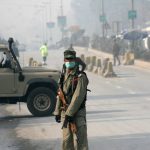Pakistan’s breadbasket lies underwater as floods destroy 2.2 million acres of farmland, displace millions, devastate rice and sugarcane crops, and trigger health crises in Punjab and Sindh.
Pakistan is reeling from one of the worst flooding disasters in decades, with more than 2.2 million acres of farmland submerged and over two million people displaced, according to official estimates. The agricultural heartland of Punjab, often referred to as the country’s breadbasket, has been the hardest hit, as floodwaters devastated standing crops of rice, sugarcane, corn, and cotton.
Rice has suffered the most severe losses, with over one million acres of production destroyed. Provincial authorities further reported that sugarcane spread over 2.5 million acres, alongside corn and cotton fields, faced widespread damage. The destruction in Punjab has sparked fears of a prolonged food security crisis, with the devastation striking at the core of Pakistan’s economy.
Sindh province has also felt the impact, though on a smaller scale. Reports suggest that around three per cent of the onion crop has been wiped out in the province’s Kachha areas. While not on the same scale as Punjab’s devastation, the damage adds further pressure on national agricultural output at a time of soaring food prices.
The federal government has turned to international organisations, including UN agencies, to assess the scope of recovery needs. Planning Minister Ahsan Iqbal, chairing a high-level meeting with the finance minister and officials from the National Disaster Management Authority (NDMA), stated that an initial assessment would be ready within ten days. However, he cautioned that final figures could only be determined once floodwaters fully recede.
According to The Express Tribune, the floods, which began in late August, have left vast swathes of Punjab submerged, with over 2,000 villages washed away. The NDMA reported that more than 907 people have lost their lives nationwide, with 1,044 others injured. Punjab alone has seen over 50 deaths, most of them recorded in Gujrat and Gujranwala divisions, while thousands remain stranded in cut-off areas with only sporadic access to relief.
The scale of displacement has been staggering. Provincial officials in Punjab estimate that more than 4.2 million people have been directly affected, with the government establishing over 1,000 relief camps to house the displaced. Nearly 1.9 million people have been rescued, but field reports suggest that many communities remain isolated, waiting for aid and relief supplies to reach them.
Health concerns are compounding the crisis. In flood-hit Punjab, medical authorities have recorded more than 15,400 cases of dengue, diarrhoea, malaria, and skin infections in the past month, raising fears of a looming public health emergency. Mobile health units have been deployed, but overstretched services face challenges in meeting the demands of displaced populations.
Sindh province has also been under growing pressure. The Provincial Disaster Management Authority (PDMA) confirmed that 121,769 people have been relocated from vulnerable riverine areas. Heavy water flows at Guddu, Sukkur, Kotri, Trimmu, Panjnad, and Taunsa barrages continue to fuel concerns of more flooding, even as large-scale evacuations remain underway. The Pakistan Meteorological Department (PMD) has forecast widespread thunderstorms and heavy rainfall across Sindh from September 7 to 13, further increasing flood risks.
The crisis comes as Pakistan grapples with economic fragility, rising inflation, and political uncertainty. Agriculture accounts for nearly 20 per cent of the country’s GDP, and the loss of millions of acres of crops threatens both livelihoods and food security. Rice and sugarcane are key cash crops, while cotton is vital for Pakistan’s textile exports, which form the backbone of its foreign exchange earnings.
Observers warn that the full cost of the disaster will only be realised in the coming months, as the loss of farmland reduces harvests, increases dependence on imports, and drives up inflation further. The reliance on international aid for relief and recovery is expected to grow, with both the UN and humanitarian partners being called upon to assist.
For millions of Pakistanis, however, the immediate struggle remains survival. With homes destroyed, crops washed away, and health risks mounting, the floods have once again laid bare the country’s vulnerability to climate shocks.














